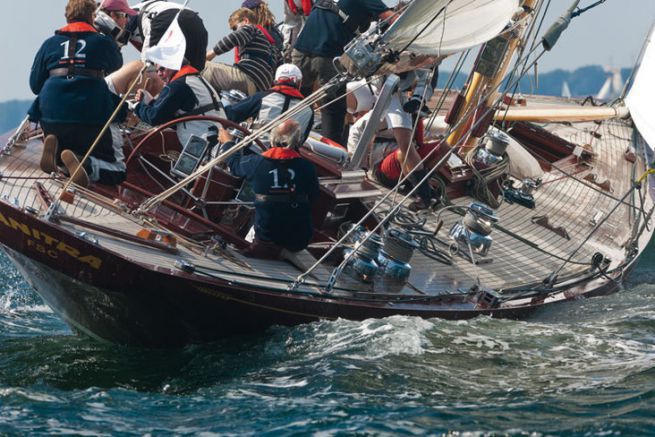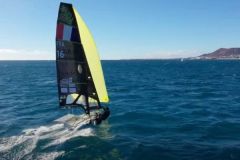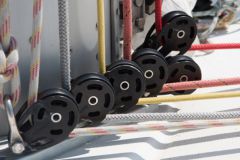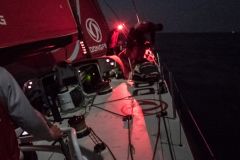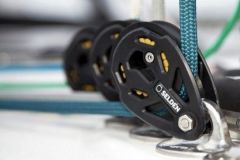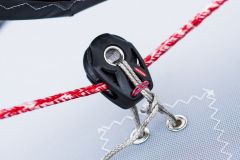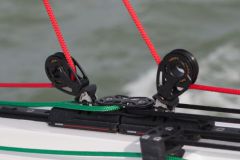Pulley, blocker, winch, genoa track or mainsheet bar... Antal has a complete catalogue of fittings to meet all cruiser requirements. This Italian manufacturer has always sought to produce quality equipment using metal (avoiding plastic as much as possible). Aluminium or stainless steel, this manufacturing ensures solidity, durability, but also aesthetics.
The refit of a sailboat must be considered as an upgrade. We start from the standard equipment installed on board and upgrade it for a simpler, more efficient, more comfortable and more elegant use.
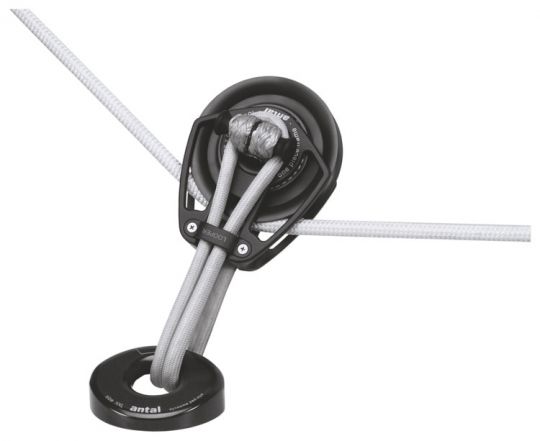
The pulleys
Changing its pulleys ensures a better glide of the halyards and sheets. This is true for the mast foot blocks, but also for the mainsail hoist or the spinnaker sheets.
To find out the load the new pulley has to support, just look at the shackle holding the old one. The diameter of the shackle or pin (if there is no shackle) gives an indication of the load to be supported.
Pay attention to the diameter of the halyards or sheets. Indeed, the old ropes had less resistance than the new ones. That's why sailboats were often equipped with large diameters. It is therefore necessary to make sure that the new pulleys accept this diameter (unless you also choose to change the halyard and go to a smaller diameter).
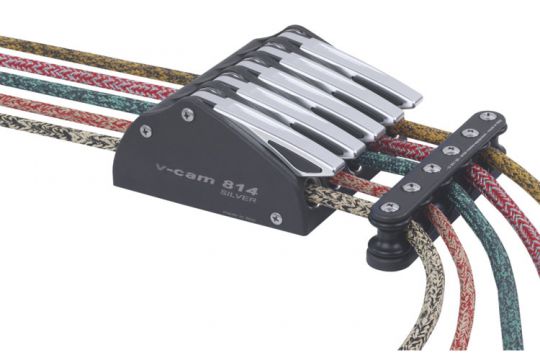
Blockers
It is the diameter of the halyards or bumps that determine the blocker to be fitted. Don't worry about the load they can hold, their capacity to hold the load will be greater than the traction of the sail in any case. Antal offers several ranges to adapt to the diameter of large halyards (above 14 mm).
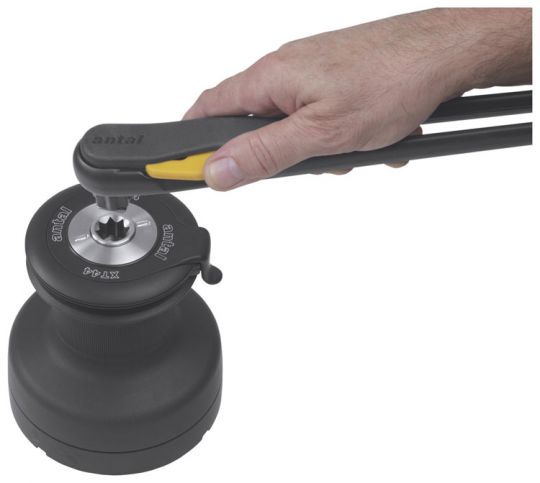
The winches
One would tend to think that an old 40 winch is simply replaced by a 40 winch. This is partly true, because both models (the old and the new) will have the same power. But beware of self-tailing. Indeed, still for reasons of modern ropes more resistant than the old ones, a 40 winch accepts sheets or halyards from 6 to 12 mm. In comparison, the old model took 8 to 14 mm ropes... If you have a 14 mm sheet, it won't go on the new winch. Then you have to switch to the model above, the 44, or change your sheets..
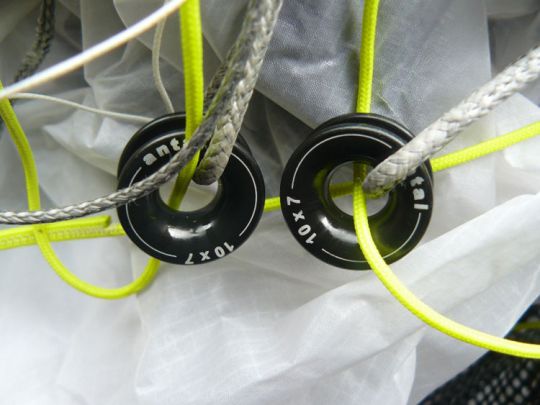
The friction rings
These small aluminium rings are very trendy. They are easy to use, compact and light and give a regatta look to cruising yachts. Their non-aggressive, simple design and competitive price make them ideal for cruisers. These rings work well with hollow Dyneema braids which have a low coefficient of friction. This is much less true with a sheathed rope..
At the foot of the mast, you can put a big friction ring at the foot of the mast which groups together the 3 reef bumps to bring them back to the cockpit. Indeed, when reefing, there is not much tension on the line (the faseye sail) so the line, even when sheathed, slides well into the ring. In addition, only one line is used at a time. The ring is therefore well adapted. Once in tension, it supports the load well without moving.
These rings are used on board as soon as an idler is useful: spinnaker or jib barber, furling line, asymmetrical spinnaker tack... The ease of use and their competitive price make them easy to replace a pulley.
